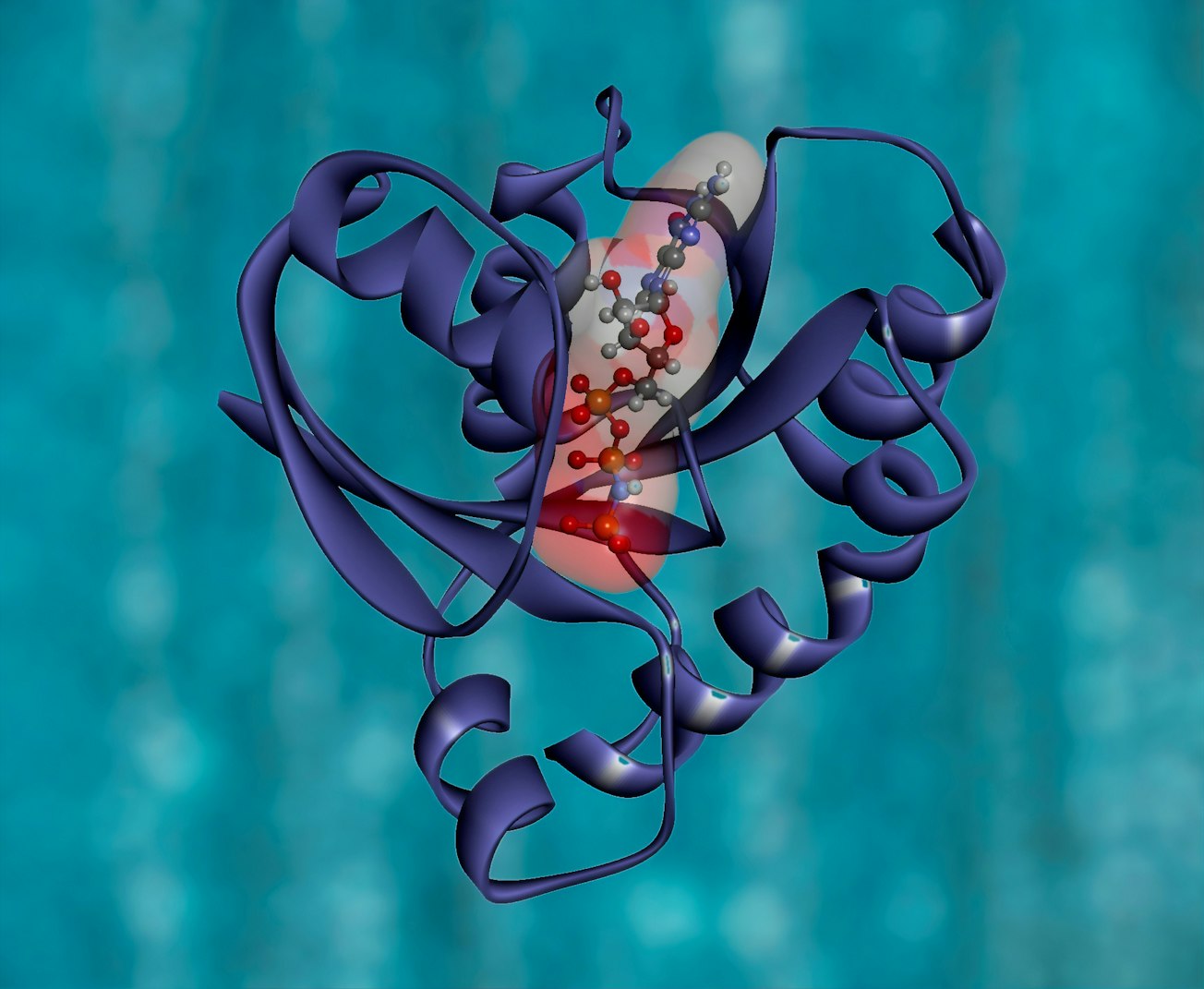What is it about?
Leishmaniasis is a parasitic diseases which can present in many ways. Different species or types of the Leishmania parasite is responsible for these different diseases presentations. In Sri Lanka, leishmaniasis which affects the skin is caused by Leishmania donovani, a type of the Leishmania parasite which causes disease in internal organs such as liver, spleen and bone marrow, in other countries. In this study we have examined if the make up of HLA genes contributes to this uncommon presentation in this population. We have also compared our findings with similar studies from other regions.
Featured Image

Photo by National Cancer Institute on Unsplash
Why is it important?
identifying if differences in the genetic makeup contribute to disease will help to work out the differences in the disease causing pathways in the body which operate/predominate under different circumstances. Eventhough our sample numbers are small, we have identified some potential regions of the HLA genes which can be the focus of further studies.
Perspectives
There are only a few drugs available for treatment of leishmaniasis while there is also no effective vaccine. In such a background, understanding mechanisms in the body of the human host which helps to limit the spread of the parasite to the skin, thus preventing fatal disease, provides useful information for future drug/vaccine targets.
Dr Nilakshi Samaranayake
University of Colombo
Read the Original
This page is a summary of: Association of HLA class I and II genes with cutaneous leishmaniasis: a case control study from Sri Lanka and a systematic review, BMC Infectious Diseases, June 2016, Springer Science + Business Media,
DOI: 10.1186/s12879-016-1626-8.
You can read the full text:
Resources
Contributors
The following have contributed to this page







